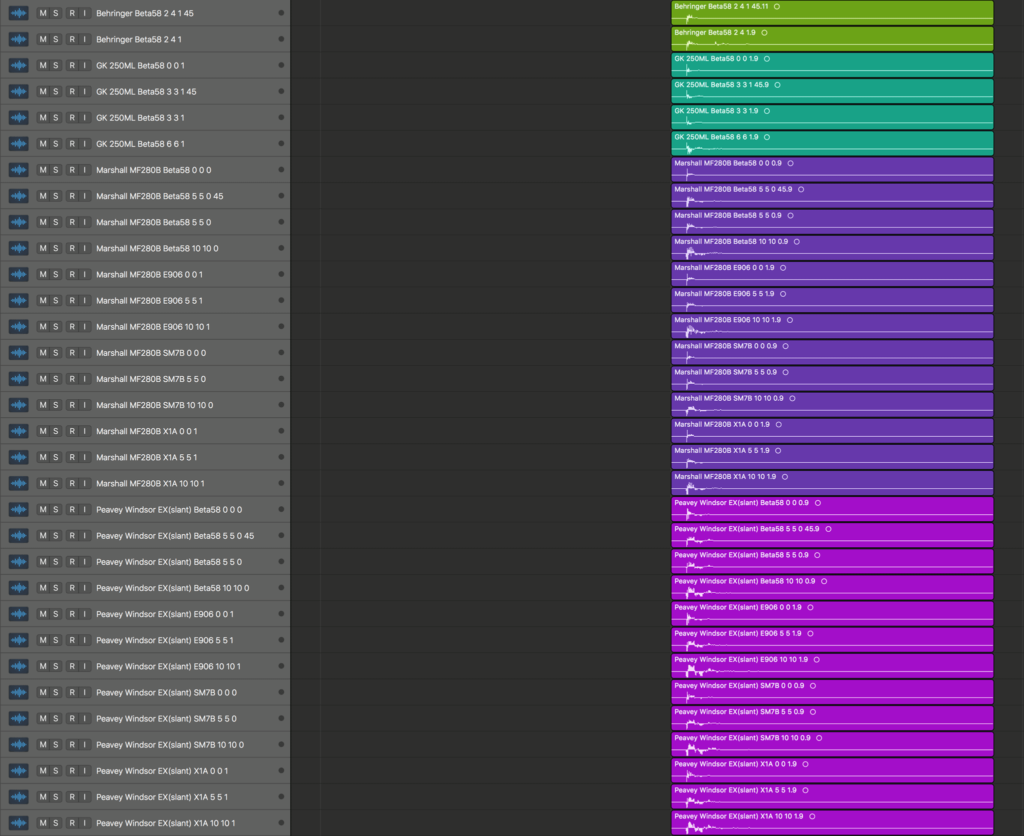If you plan on using more than one Impulse Response – for example when blending different cabinets for a particular guitar tone, the IR’s you have chosen will have to be synchronised to avoid phasing problems.
These issues are quite normal as it all depends on for example your microphone position and how far away it is from the source – in this case your speaker.
Most Impulse Loaders have the ability to either delay certain Impulse Responses or invert phasing on them to solve this issue, but i prefer editing my IR’s in my Digital Audio Workstation so they are phased and ready from start.

Editing your Impulse Responses in your DAW is great when it comes to recording IR’s in bulk. This makes it easier for you to visually drag and trim them down so they are the same length and the signals start from the same point.

0 Comments